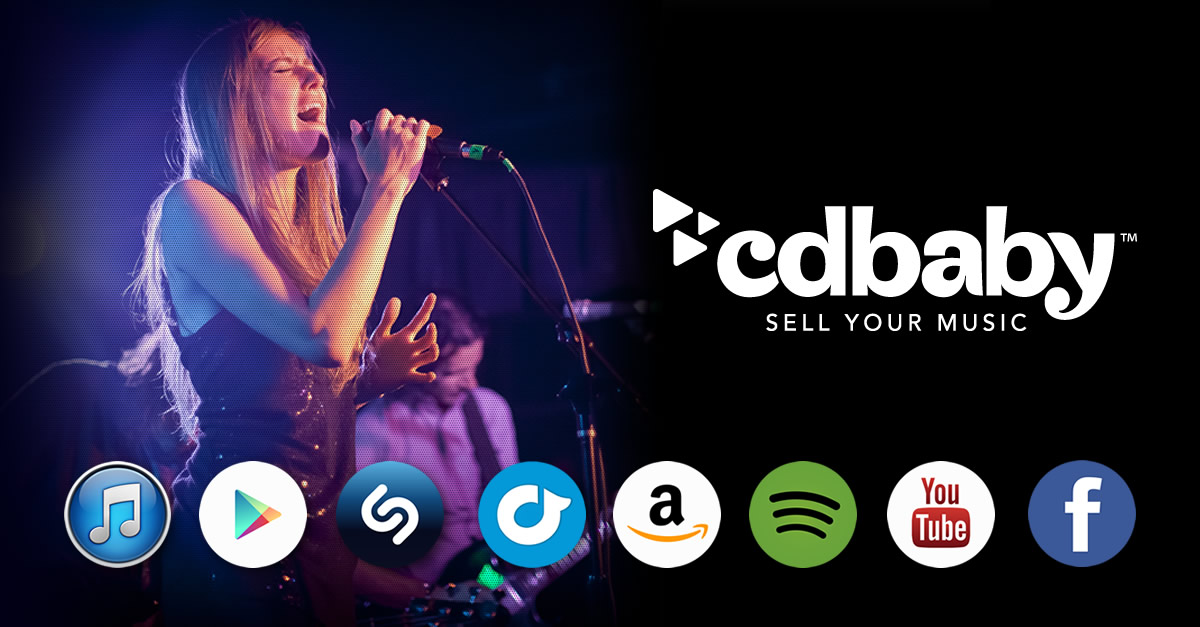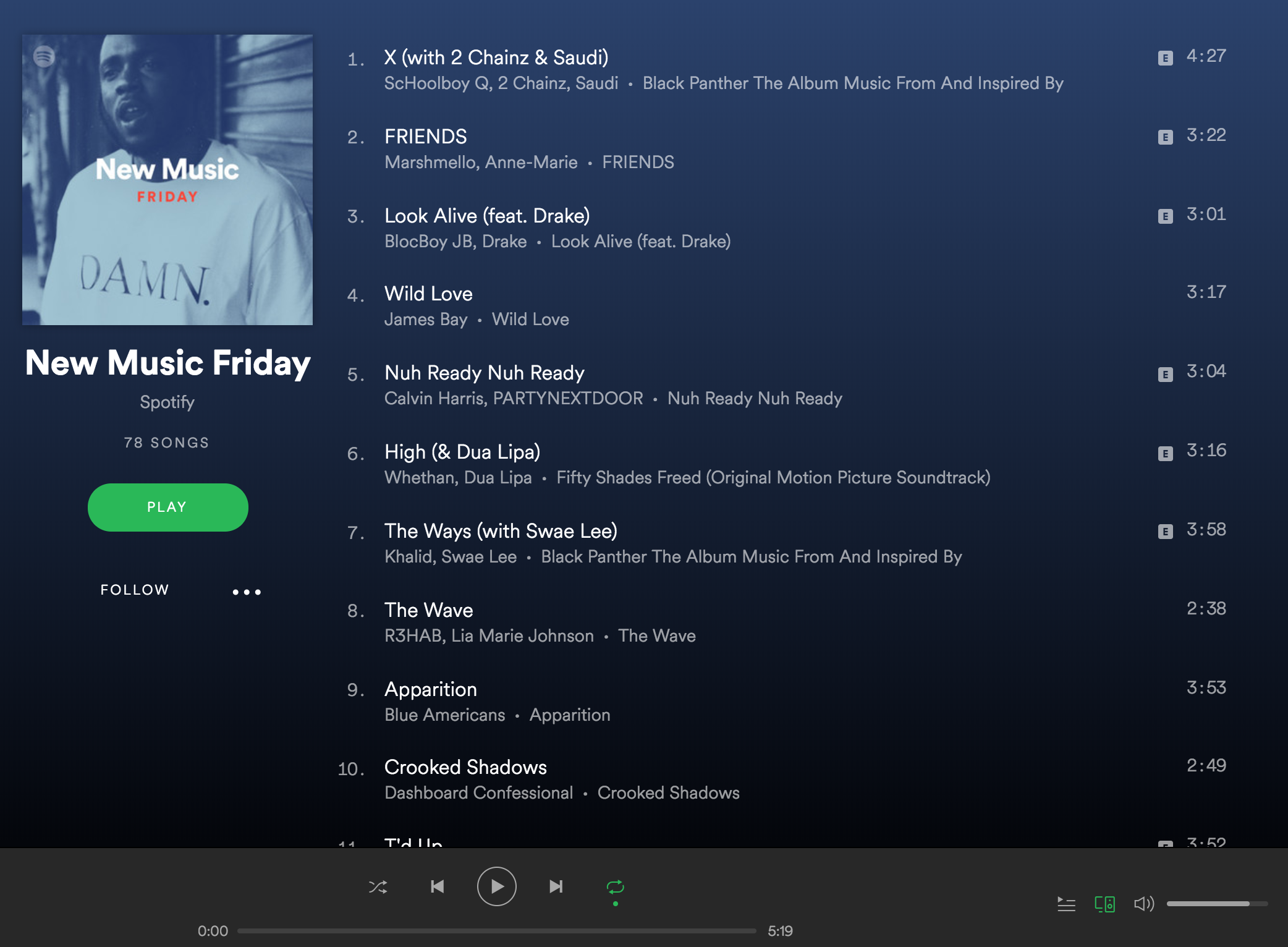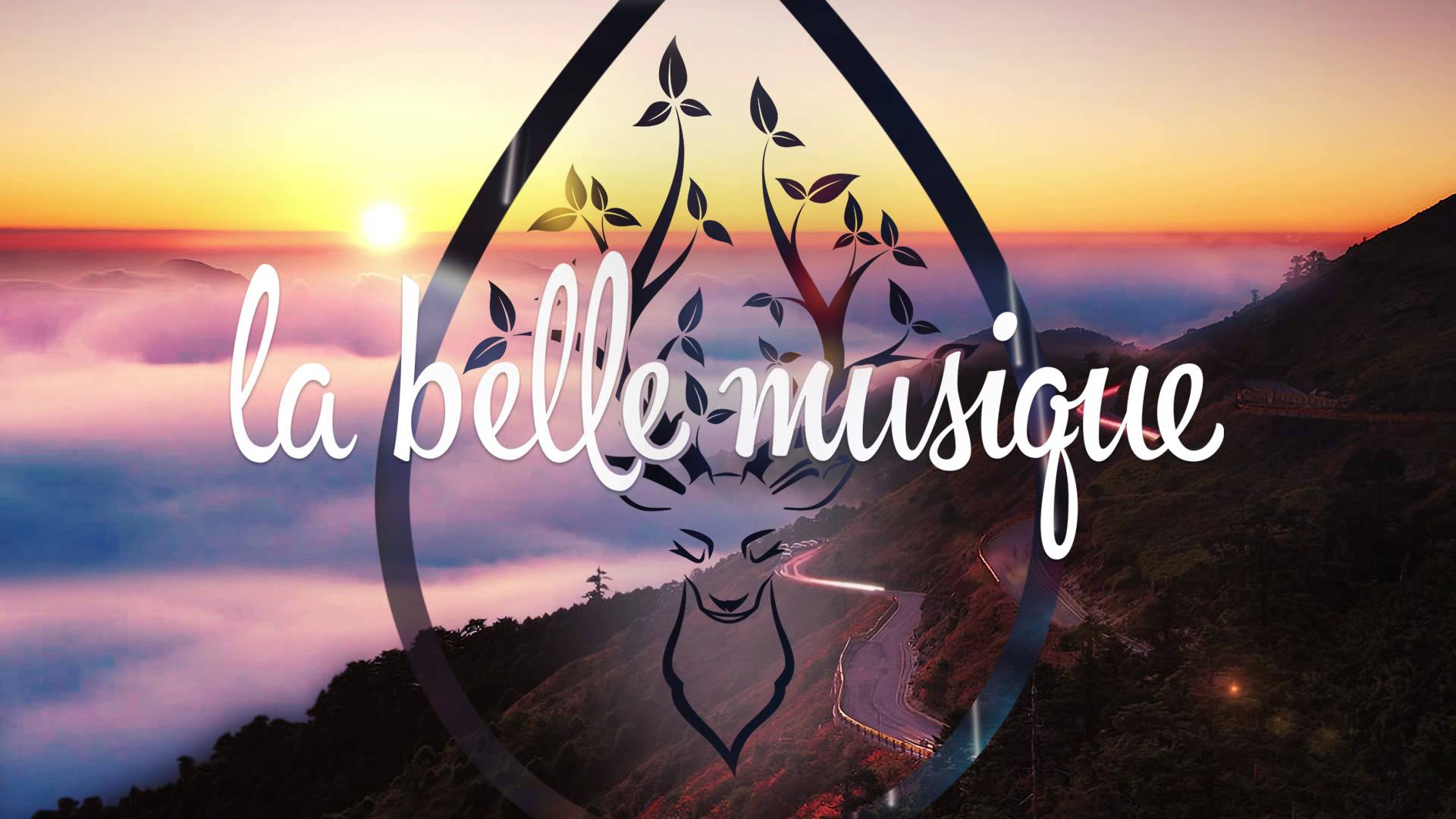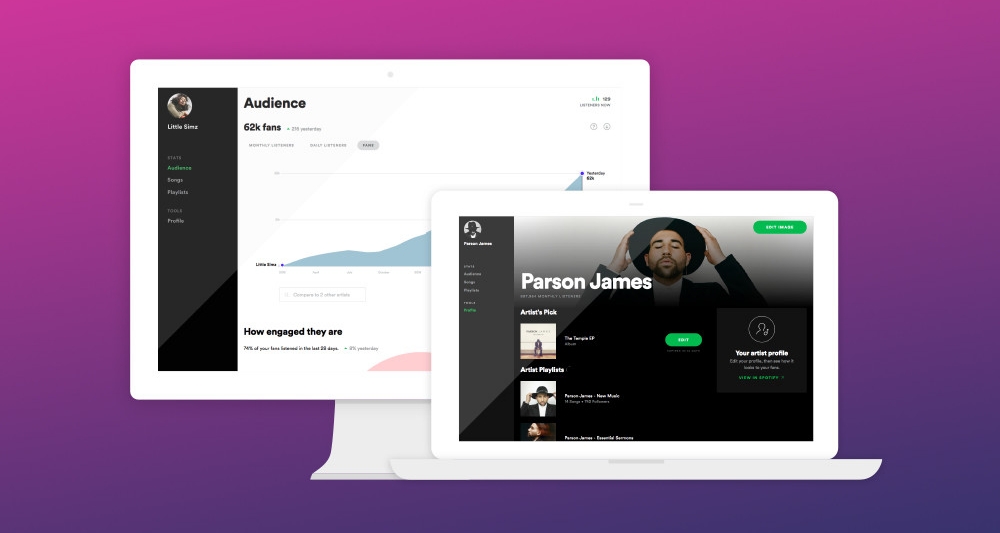How to release your music for the first time
By Lucie Watson, Platoon
So you’ve recorded a really great track, it’s mixed and mastered, you’ve got some artwork and now you’d like to release it wide to the major Digital Service Providers (DSPs) – such as Spotify, Apple Music or Deezer. Where do you start?

1) Find a distributor
Historically it was the dream scenario to shop a track or album around to labels who would pick it up, advance an amount of cash and help you reach stardom. Back then the labels had a lot more control. Today, it makes more sense for the first release to do it yourself (simple contracts, not binding yourself to a label or signing your rights away), so find a distributor that meets your needs.
Distribution agreements vary from place to place — you may pay a fixed price to upload it but keep 100% of the royalties (e.g. Tunecore), or you might sign up for a royalty share split agreement with someone like CD Baby. It pays to do your research as some distributors can help with small advances, or pitching your track to influencers or to music editors at the DSPs. Usually distributors ask for 2 weeks to 1 month’s lead time to upload and deliver the tracks.

2) Get a solid strategy in place — find your audience
Distribution is the easy part – now you have to fight through the noise of thousands of tracks being delivered to the DSPs each week to get your music heard. Your track may be the most fresh and unique sound you’ve heard in a while, but if prominent editors don’t get to hear it, you run the risk of being lost in the stratosphere of music. So how can you cut through?
Utilise your contact base:
You may know an editor, or know someone who does. Editors sit within the walls of the DSPs and decide which tracks will get featured in prominent playlists like Apple Music’s ‘Best of the Week’ or Spotify’s ‘New Music Friday’. Ask around, but if you don’t have a contact fear not – there are other ways to get noticed.
Figure out a playlist strategy – it all starts with the indies:
On Spotify there are billions of playlists and many are run by independent curators who have thousands of followers. Many of these followers can be tracked down through social media and will let you pitch your track to them once it’s released. Send a link, a small amount of info and the artwork. Once you can start to build streams this way and it builds nicely (that is, users are adding tracks to their own playlists and there are low skip rates) Spotify won’t be able to ignore you and you should start to see inclusion of your track in prominent playlists. Be patient – this can take 6-8 weeks.

Remember there’s a world to be captured outside the DSPs:
Don’t forget about video platforms like YouTube. There are many ways today to create a music video on a low budget and there are hundreds of millions of people watching videos each day. Upload your video to YouTube (even if it’s just a static artwork track) and pitch it to prominent channel curators (such as La Belle Musique). You could even do a beautifully recorded live version of the track.
Do a ‘Digital Health Check’:
Make sure your socials are up to scratch and you have a strategy to drive up followers and engagement. Post interesting, relevant content, so when fans click on your profile they have every reason to want to follow you on your musical journey. Remember: content is KEY. Think about engaging content for your socials that will tell stories and excite fans.
What makes your release and story unique? This is important:
If you decide to work with a PR company then make sure you have a good story to tell. Just releasing music is not telling a story! If you don’t have a story, you should create one. Is there some sort of guerrilla marketing you can do around the track or video that makes it interesting? The point here is in a saturated market of new releases consumers need a lot more than “check this new song out”. You need an interesting reason that will entice someone to click. Maybe there’s a story in the lyrics? A good recent example is the band Superorganism, an 8-piece international band living together under one pop content production house.

3) Release time (and follow up!)
Now you’re set to release your music. Don’t forget to:
Share any playlist additions on your socials – shout out to the DSPs or indie curators with a link to the playlist.
Continue pitching indie curators – keep a spreadsheet of who you’ve contacted and their details.
Use stats to see where it’s performing & how you can leverage (e.g. Spotify for Artists or the distributors can provide you stats).
Make a plan to build over time – make a release plan for the next single/s.
Next you’ll need to think about your live set-up, PRS (publishing) and other ways you can earn revenue.
Join the ROLI community